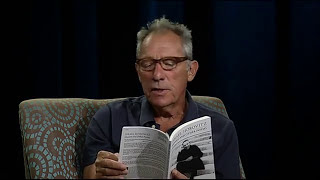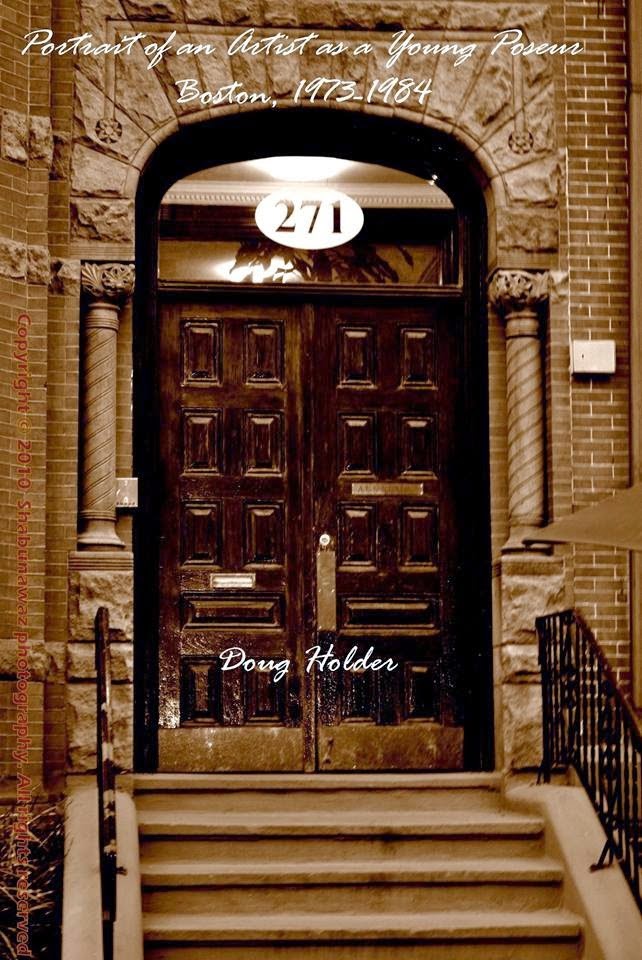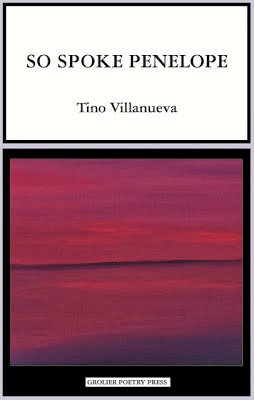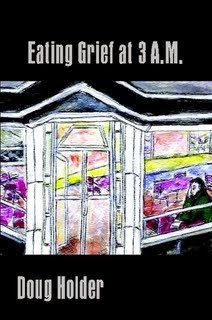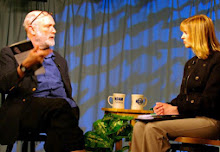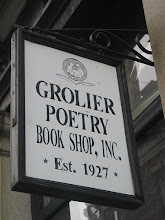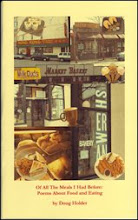Until It Does Us In
Myles Gordon
Cervená Barva Press
ISBN 978-0-9861111-0-5
Myles Gordon begins this chapbook of 24 sonnets with a
question, How is it we evolve from
violence? This question is prompted by the suicide of his older cousin who
was two generations removed from victims of the Holocaust in Poland. The poems
are woven like the histories they probe—moving between 2013 and 1937.
We meet the cousin, addressed as ‘you’ throughout the
collection, in 1967 as a teenager with “hippie hair” and then again in 1963,
when his father is found “sneaking through/your sister’s dresser, underwear in
hand” and thrown out of the house; at this turbulent point in the family
history, “the good time cousin” is feeding a two-foot bong in the basement.
Next, 1975, when the cousin’s father was beaten to death in a bar, Gordon
writes: “No matter what you say or what you do/or how potent your stash, he’s
with you now. It/plays itself in echoes in your heart,/slowly, methodically tearing
you apart.”
Interspersed with these poems about the cousin’s life, are
poems set in war-time Poland, in the 1930s and 40s. These poems, removed from
the immediacy of the relationship with the cousin, are more evocative and
poetic—less narrative-driven. In Sonnet 12, entitled, “1942 – Brona Cora,” the
writing is especially powerful:
Shadows stretched: long limbs in
morning sun;
a walking forest emerging from the
trail
on muddy grass, dew shimmering
green and brown,
long shadow bodies, heads providing
frail
tree tops on the ground the beards
the hats,
the headscarves, little girls’ long
flowing hair
a forest canopy captured in shadow
that
filled the meadow’s crevices
everywhere.
There were so many. Shadows flowed
like liquid
until forced into the ditches,
ordered to lie
like cordwood. Shot. Blood seeping
into mud
beneath a crisp and clear October
sky,
the Jews of Brest Litovsk; the
German gun.
The shadows dwindled, thinned. Then
there were none.
The sonnet form, handled quite deftly by Gordon, lends
itself to this difficult subject material, constraining the expression and thus
deepening it. Gordon uses these poems to explore possible ways of understanding
the despair of his cousin. The narratives in this volume offer up culturally
and historically situated portrayals of individuals, while admitting that
however much we attempt to understand what motivates human behavior, we are
ultimately interdependent mysteries to one another.
Who can say where we begin? “We’ve lifted up our souls/like
children picking up the fallen leaves/the wind caught, stuffed them in the
shredding holes/inside our tortured bodies.” Where to find the fundamental hurt
that turns a life into a soured search for death? Gordon looks to history—personal,
familial, and political histories. He
portrays his cousin’s life as a stream made up of many tiny contributories, a
stream that cuts a scar through hardened layers of bedrock, exposing the
lasting and potent pain of violence.
Reviewer: Mary Buchinger Bodwell, author of Aerialist (Gold Wake, 2015) and Roomful of Sparrows (Finishing Line,
2008), teaches at MCPHS University in Boston, Mass.





